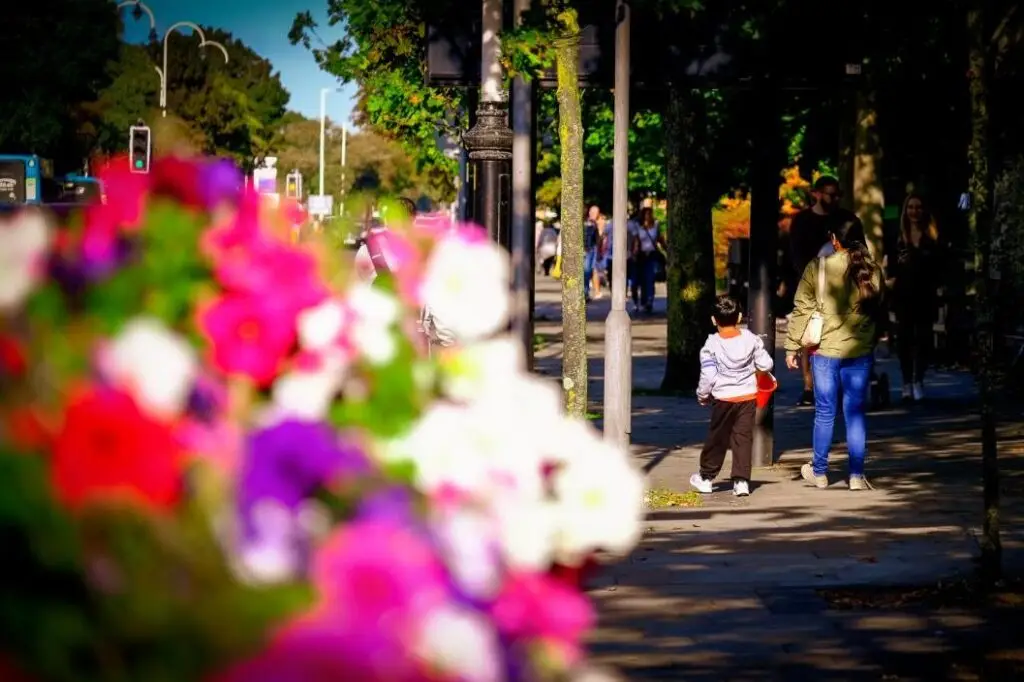Southport’s historic Lord Street boulevard is set for a transformation. An innovative scheme proposes converting empty upper-floor retail spaces into residential accommodations. Spearheaded by Sefton Council and supported by Historic England, this project aims to breathe new life into the area.
The initiative, launching in August, seeks to preserve the architectural elegance of Lord Street while bolstering the local economy. By working with property owners, the project will convert vacant first and second-floor spaces into homes, enhancing both the environment and community wellbeing.
Rejuvenation Through Innovation
Southport is seeking to revitalise its iconic Lord Street boulevard by converting empty upper-floor retail spaces into residential accommodations. This move is spearheaded by Sefton Council and supported by Historic England.
The initiative, known as the Lord Street Living project, aims to transform vacant first and second-floor spaces of privately-owned properties into homes. This change is expected to preserve the architectural beauty of Lord Street and boost the local economy.
Council and Historic England Collaboration
Sefton Council and Historic England are collaborating to unlock Lord Street’s potential. Their focus is on transforming unused spaces into quality residential accommodations. The project is backed by the Liverpool City Region and central government.
Cllr Daren Veidman of Sefton Council said, “Lord Street is known for its impressive architecture, and we hope this project will rejuvenate its charm while adapting to modern needs.”
He added that the initiative aims to improve the local economy, environment, and community wellbeing by converting unused spaces above shops.
Community’s Perspective
A long-time resident, Ollie Cowan, who has lived on Lord Street for over 28 years, expressed strong support for the project. Ollie shared, “I was born and raised on Lord Street above the shops, and my family still happily lives there.”
He recounted how the area above the shops was used for storage before becoming residential in the late 20th century. He emphasised the project’s potential to enhance the existing residential community.
“Lord Street has a wonderful residential community that not a lot of people know about,” Ollie said. He looks forward to the added layer of vibrancy the project promises.
Economic and Social Impact
The Lord Street Living project is expected to have a significant economic impact. By converting empty spaces into homes, it aims to attract new residents and boost local businesses. This rejuvenation effort is part of a broader strategy to revitalise the area.
In addition to economic benefits, the project is also expected to improve community wellbeing. More residential spaces mean more people living and interacting in the area, fostering a stronger sense of community.
Challenges and Opportunities
Transforming upper-floor retail spaces into residential units presents both challenges and opportunities. Property owners and developers need to collaborate closely to ensure successful conversions. However, the support from Sefton Council and Historic England provides a solid foundation.
One challenge is ensuring that the new residential spaces meet high standards. This requires careful planning and investment from property owners. Meanwhile, the opportunity lies in enhancing the area’s appeal and functionality.
Future Outlook
Looking forward, the success of the Lord Street Living project could serve as a model for other areas facing similar challenges. If successful, it could inspire other councils to adopt similar approaches to rejuvenate their localities.
The project’s progress will be closely watched, and its outcomes could shape future urban regeneration initiatives. It represents a step toward more sustainable and community-focused urban development.
Supporting Statements
The Lord Street Living project is part of a larger effort to protect Southport’s heritage while adapting to contemporary needs. Sefton Council and Historic England’s collaboration signifies a commitment to this vision.
By preserving the architectural beauty of Lord Street and boosting the local economy, the project aims to create a lasting positive impact on the community.
Long-Term Goals
The long-term goals of the project include creating a vibrant mixed-use area that attracts both residents and visitors. This involves not only converting empty spaces but also enhancing public amenities.
Ultimately, the aim is to make Lord Street a thriving, dynamic part of Southport that benefits everyone.
The Lord Street Living project represents a significant step in preserving Southport’s heritage while adapting to modern needs. Through collaboration between Sefton Council and Historic England, the initiative promises to transform unused spaces into homes, thereby invigorating the local economy and community.
This innovative approach could serve as a blueprint for similar rejuvenation efforts in other regions. By blending historic preservation with economic revitalisation, the project aims to create a sustainable and thriving community for years to come.


